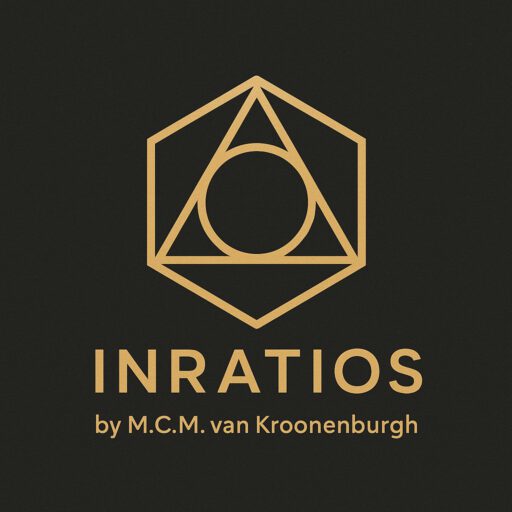What Geometry Didn’t Tell You… Yet
An unexpected journey into shapes, ratios, and a square-based way of thinking.
The Geometry We Thought We Knew
Most of us grew up with a familiar geometric toolkit. Triangles, circles, squares—each with their own set of formulas, constants, and rules. We learned that pi (π) was essential to understanding curves, that area was expressed in square units, and that many key ratios in geometry—like π or √2—are irrational. And that was just the way it was.
But what if there was another way to look at shapes?
What if geometry had more to offer—but simply hadn’t told us yet?
A Pattern That Didn’t Sit Right
Over the past years, I’ve been quietly thinking of an alternative and complementary way to look at geometry.
Not to replace the classics, but because I started to notice something—a recurring tension, a pattern that didn’t quite make sense.
Pi, for all its elegance, cannot be fully captured in a finite decimal.
And in systems that rely on exact values—like AI, medical imaging, or CAD—this becomes a practical limitation.
It leaves a gap.
A subtle disconnect between the world of pure math and the world of machines, where structure must be defined, stored, and trusted.
There had to be a way around it.
A simpler way to describe proportions—one that doesn’t rely on irrational numbers, but instead uses fixed, visible relationships between shapes.
Rethinking the Square
Along the way, I began to see something that surprised me.
The square, long considered just another geometric form, revealed itself as something more: a structural anchor.
Not just a geometric form, but a host—a containing structure in which other shapes can be perfectly inscribed: circles, triangles, even spheres.
Why the square, and not another shape?
Its symmetry, its simplicity—four equal sides, intuitive formulas for perimeter, area, and volume. Easy to draw, easy to recognize, and naturally aligned with our most common reference: the meter.
A square of one by one meter defines a square meter. It scales cleanly, visually, and metrically. The square isn’t just familiar. It’s foundational.
Introducing the Geometric Ratio Model
That realization led me to explore a new framework—one that rethinks how we express proportion, compare shapes, and define structure.
This is the model I came to call the Geometric Ratio Model, or GRM.
Why It Matters Today
It’s not about overthrowing mathematics.
It’s about rethinking how we treat shapes—how we define, relate, and apply them in modern geometry, especially in digital systems where clarity, structure, and precision matter.
In a world where AI interprets forms, where medical imaging depends on geometric exactness, and where design software requires logic that machines can understand and trust, GRM offers a way to simplify complexity—without simplifying the truth.
What’s Next
In the coming days, I’ll introduce you to the building blocks of this model.
I’ll share what I’ve found, why I think it matters, and how this perspective might help designers, developers, educators, and AI systems not only see shapes differently—but use them more effectively.
Maybe there’s more to geometry than we’re used to working with.
Maybe it simply left a layer to be discovered—one that’s been hiding in plain sight, waiting for us to notice.
Stay tuned.
Tomorrow’s post: Why Pi Was Only Half the Story
Or explore the GRM tools already available at inratios.com.

